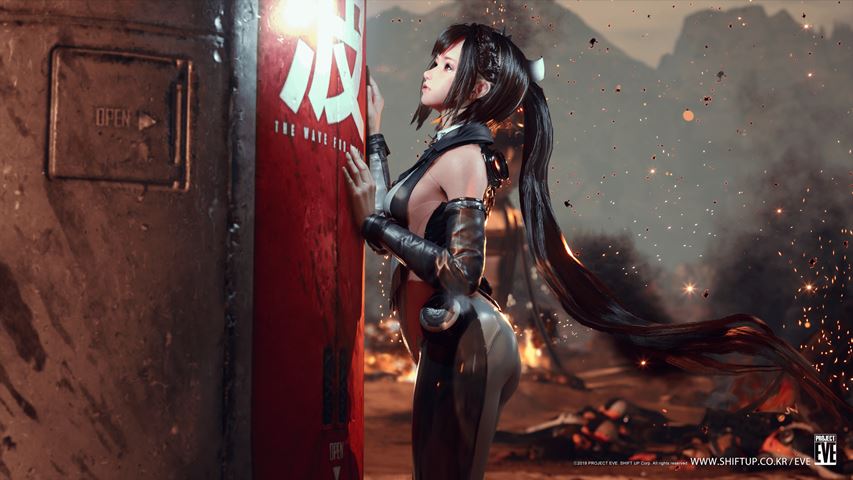

The mark of recent science-fantasy video games seems to be fusions of magic and technology so tight it's difficult to tell where one ends and the other begins. NieR is predicated on an alternate ending to Drakengard where Caim and his dragon fell into modern Earth, leading to magic entering the world.
Project eve story series#
Meanwhile, the NieR series was building toward the release of NieR: Automata, which is the second game in a Drakengard side series. The whole of the Fabula Nova Crystallis collection had a science-fantasy feel, with the games being set in eras of their particular worlds where technology had simply become more widespread. Final Fantasy 13 and 15 were both notable for attempting to merge either the future or the present-day, respectively, with magical Final Fantasy settings. The 2010s have given rise to a number of high-profile sci-fi fantasy projects in the lead-up to Project Eve. It seemed like any attempt to add some extravagant elements to fiction almost inevitably attracts both science-fiction and fantasy. Even The Elder Scrolls eventually got in on the action with some ruins of the ancient Dwemer race guarded by deadly machines and traps. Square Enix's works and RPGs in general continue to be pioneers of adding science-fiction elements in fantasy games, or vice versa. A direct throughline can be traced from the abandoned tech in the Dying Earth universe to the anachronistic airships, space stations, and combat machines in early Final Fantasy. These influences include the post-apocalyptic Dying Earth fantasy novels by American author Jack Vance. Dungeons & Dragons inspired the first few Final Fantasy games, but was itself inspired by a number of older works. However, some of the first famous video game interpretations of science-fantasy came from a different source. Science-fiction has been a subtle part of fantasy since Greco-Roman times, and the myths of Icarus and Talos the bronze giant show some surprisingly forward-thinking ideas like flying technology and automatons. The Early Years of Science-Fantasy in Gaming NieR and Project Eve are just two of the latest games in a long tradition of combining futuristic and technologically advanced elements with some sort of magic system. NieR has a strange setting that connects magic and technology in ways which often obscure one or the other despite both being present. Much of why this game received so much attention after its new trailer was because of its strong resemblance to another science-fantasy game: NieR: Automata. RELATED: 10 Forgotten Sci-Fi Games You Need To Play Some of Eve's monstrous NA:tives certainly look fantastical, with chainsaws on their heads and an infested space station that bears some resemblance to a biblical angel. Setting details are sparse at the moment, so it remains to be seen how much the supernatural plays into the source of the NA:tives and Eve's own powers.

The protagonist, Eve, engages a race of monstrous creatures in high-flying displays of combat. Few places make this more clear than Project Eve, recently previewed at the PlayStation Showcase 2021. While video games are a more recent form of media, they are no exception in following this trend, and often mix tropes together. They've coexisted for thousands of years, with mankind looking for new stories to tell about the future and the unknown. Science-fiction and fantasy are two of the biggest genres in fiction.


 0 kommentar(er)
0 kommentar(er)
